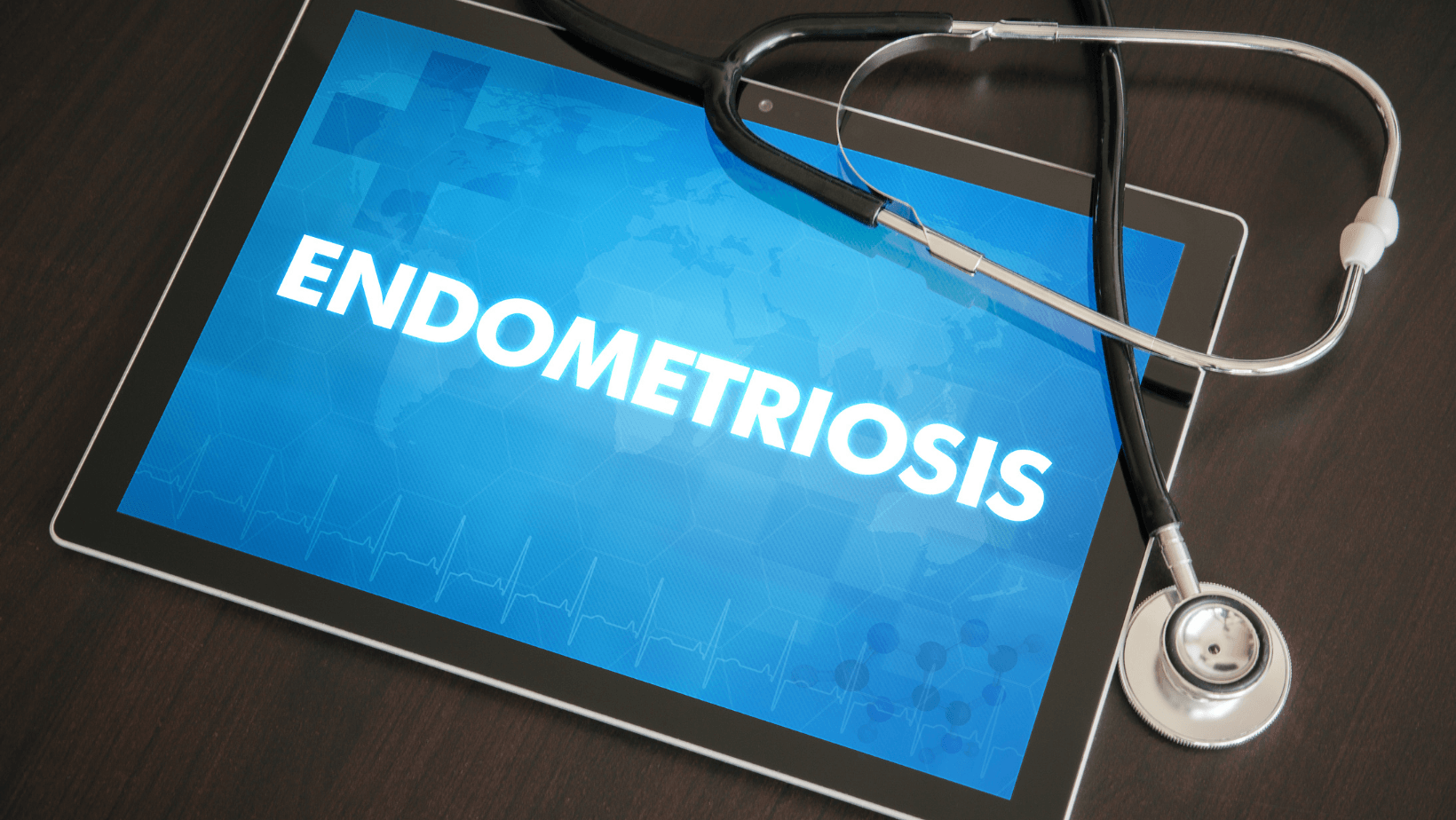Wilsons Disease - Symptoms, Causes, and Treatment - Avicenna Health
Wilson’s Disease
Have you ever heard about a disease in which people have more copper than anyone else!?
Our article is about an interesting rare disease called Wilson’s disease.
This disease is often diagnosed between the age 5 and the age 35, but it can affect older and younger people, as well.
Definition of Wilson’s disease
It is a rare genetic condition that causes the liver, the brain, and other vital organs to retain excess copper. In this disease, the liver of a patient doesn’t release copper into the bile, and because of that, copper builds up in the liver and begins to damage the organ.
Symptoms
We need to know is that this disease is present at birth, but signs and symptoms do not appear until the copper accumulates and builds up in the organs. Some people with Wilson’s disease might not develop signs and symptoms of liver disease until they develop acute liver failure. Signs and symptoms of this disease may include:
1. Fatigue
2. Loss of appetite
3. Weight loss
4. Nausea and vomiting
5. Muscle cramps or stiffness
6. Abdominal pain
7. Jaundice – the color of the skin and the eye become yellow
8. Edema – it is when fluid buildup in the abdomen or legs
9. Kayser-Fleischer ring – it is a golden or greenish-brown ring in the eye
10. There are also neurological symptoms such as depression, having problems with swallowing and speech, and changes in mood
Causes of the disease
It is an inherited condition, so the cause is genetic.
Risk Factors
A person can be at increased risk if his parents or siblings have the disease.
When to see a doctor?
If your parents or siblings have the condition, you need to ask your doctor whether you should get tested to determine whether you have the disease. Early diagnosis increases the chances of successful treatment. Still, untreated Wilson’s disease can be fatal or has serious complications that may include:
- Cirrhosis (scarring of the liver)
- Liver failure
- Blood problems
- Psychological problems
- Kidney problems
- Persistent neurological problems
Diagnosis
1. Liver function tests – they are abnormal in this disease
2. 24-hour urine copper
3. Full blood count
4. Slit-lamp examination – to see Kayser-Fleischer rings
5. Blood ceruloplasmin
6. Liver biopsy
7. MRI brain
8. Blood free copper
9. DNA testing for ATP7B mutations
Differential Diagnosis
- Viral hepatitis B
- Viral hepatitis C
- Hemochromatosis
- Alpha-1 antitrypsin deficiency
- Auto-immune hepatitis
- Steatohepatitis
- Alcoholic hepatitis
- Hemolytic anemia
Management
Doctors can recommend taking medications called chelating agents, which can bind copper and then prompt the organs to release the copper into the bloodstream. Then copper is filtered by the kidneys and then released into the urine.
Medications can include: Penicillamine – Trientine - Zinc acetate.
Liver transplantation can be necessary for severe liver damage.
References
Mayo Clinic – BMJ – Healthline
If you have any concerns about non-emergent health conditions, you may schedule a telemedicine consult with Avicenna Health provider for individualized consultation.













